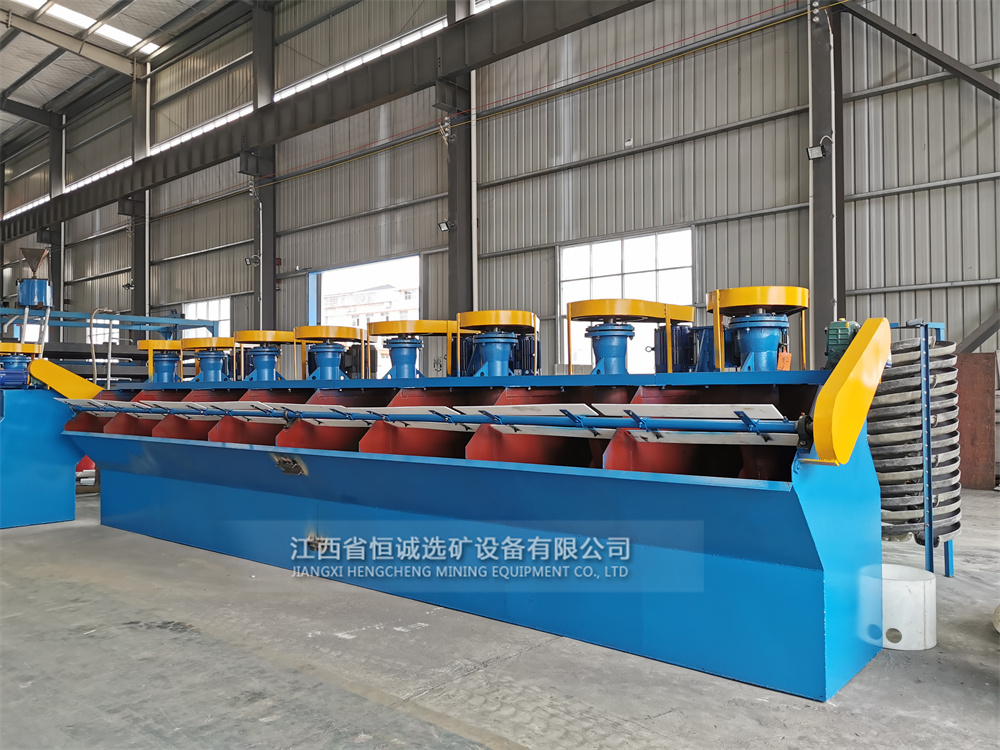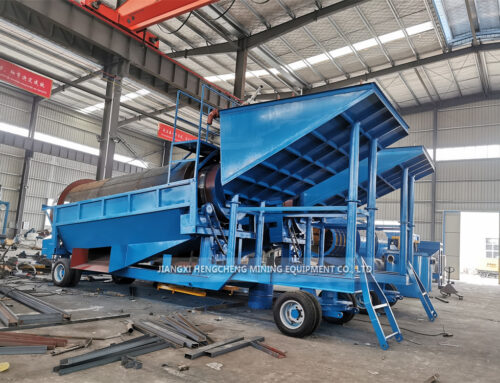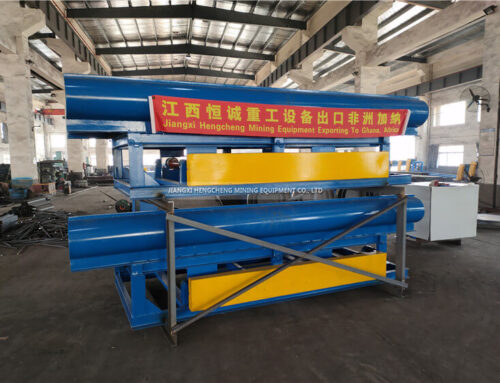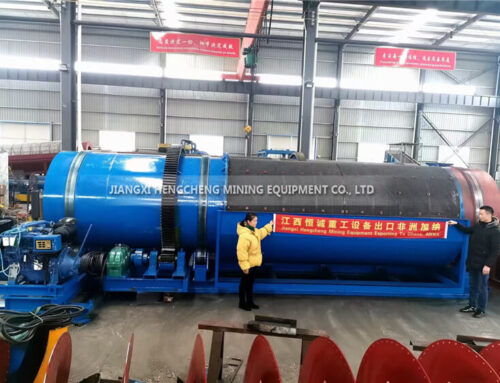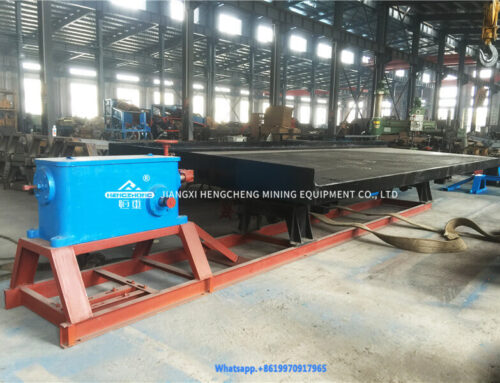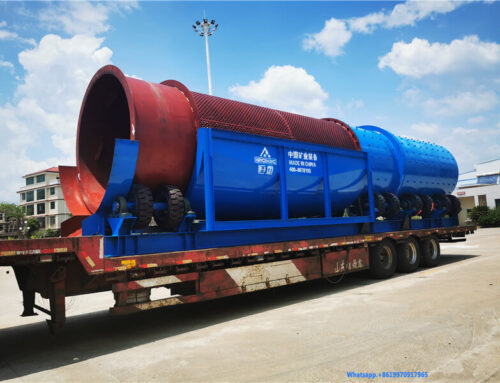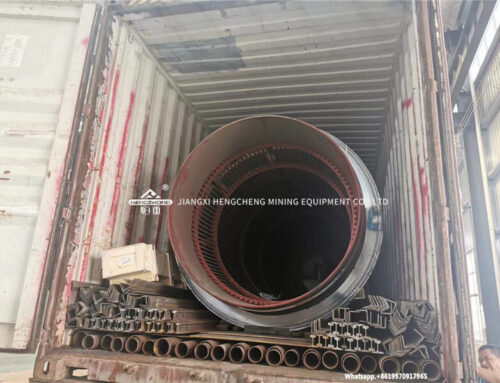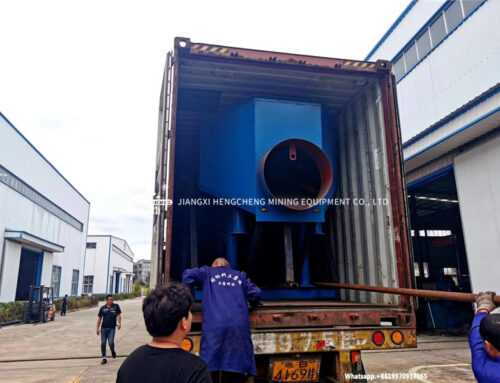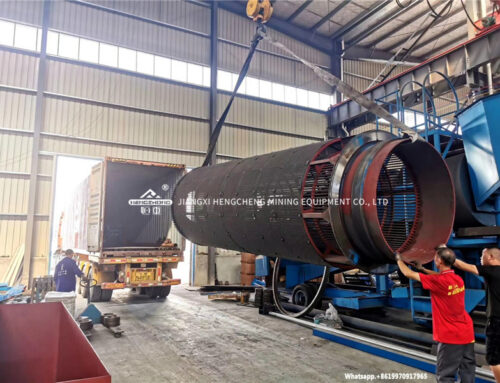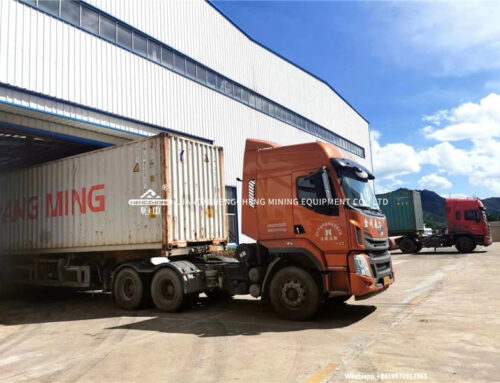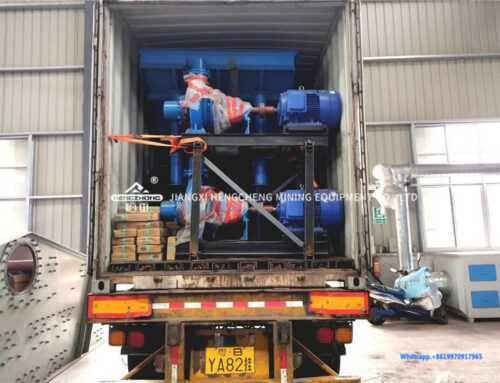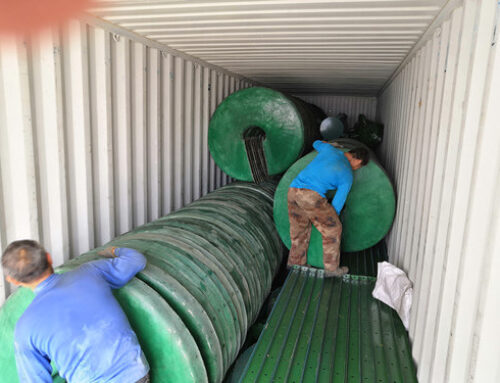
XJK Flotation Machine and SF Flotation Machine are both types of flotation machines used in the mining and mineral processing industry to separate valuable minerals from ore. While they serve a similar purpose, there are some key differences between the two:
1. Impeller and Stator Design:
XJK Flotation Machine: XJK uses a straight impeller with a flat top, while the stator has a radial blade structure. This design creates a more uniform and stable flow of slurry in the flotation cell.
SF Flotation Machine: SF uses an inclined impeller with a curved top, and the stator has a concave shape. This design is more conducive to the formation of a strong agitating force in the cell.
2. Configuration of Cells:
XJK Flotation Machine: Typically, XJK machines have a single-cell design, meaning each cell operates independently and is not connected to other cells in a series.
SF Flotation Machine: SF machines are often configured with multiple cells connected in series. This arrangement allows for better control of the flotation process and increased recovery rates.
3. Air and Pulp Mixing:
XJK Flotation Machine: XJK machines tend to have a less turbulent mixing of air and pulp, which can result in a lower flotation efficiency compared to SF machines.
SF Flotation Machine: The design of SF machines promotes better mixing of air and pulp, creating a more favorable environment for the attachment of mineral particles to bubbles.
4. Application:
XJK Flotation Machine: XJK machines are commonly used for roughing and scavenging operations. They are suitable for separating valuable minerals at the early stages of the flotation process.
SF Flotation Machine: SF machines are often used for roughing, scavenging, and cleaning stages in the flotation process. They are typically employed when a higher level of mineral recovery is desired.
5. Energy Consumption:
XJK Flotation Machine: XJK machines may consume slightly less energy compared to SF machines due to their single-cell design and less intense agitation.
In summary, while XJK and SF flotation machines both serve the purpose of mineral separation through the flotation process, SF machines are often preferred for their better mixing and higher recovery rates, especially in applications where multiple stages of flotation are required. The choice between the two machines depends on the specific requirements of the mineral processing operation.

